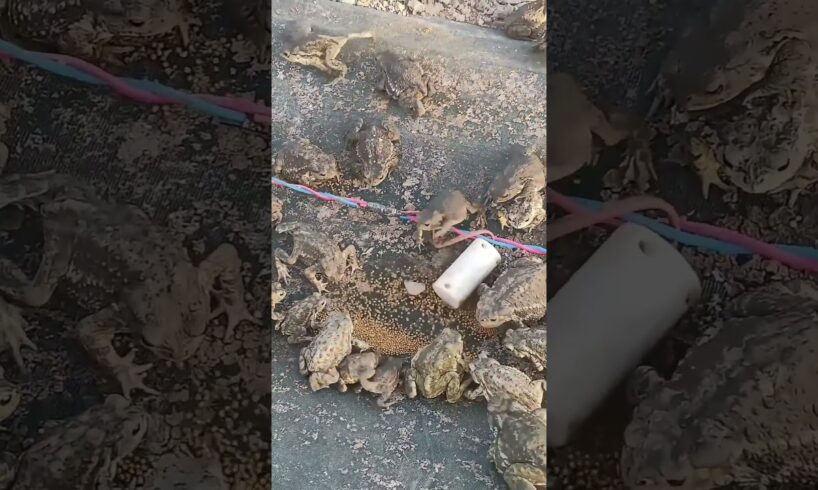
1. Choose a venue. It is necessary to choose a pond or pool, a more insect source, and a better climate. Generally speaking, the back of the house is better than the front of the house, the open space with windproof trees is better than the field, the deep pond is better than the shallow beach, and the shallow beach is better than the sunny ground.
2. Breeding methods. Waste ditch waste pond, river beach, family garden can be used for captive breeding. Depending on the range of the enclosure, the enclosure should be surrounded by 30 cm of reed, bamboo or bark at a distance of 3 cm, and fastened with straw ropes. A wall 15 cm high can also be built on the ground to prevent the enclosure from escaping. Pond enclosure also connects part of the dry land, in order to light the insects and catch the pulp. Toads are kept in captivity in garden gardens, where scraped toads are raised, mainly during the summer, so that they can continue to be scraped. Toads that have been scraped can be scraped again two weeks later. To keep toads in captivity near ponds and beaches, it is best to light one or several fluorescent lamps to attract insects and feed them. It has been determined that in places with many insect sources, a fluorescent lamp can trap 100,000 small insects overnight.
It should be noted that where toads are raised, the use of pesticides or lime should be prohibited to prevent the death of toad poisoning. To protect the safe growth of tadpoles and toads, do not keep carnivorous animals such as chickens and ducks where toads are kept.
3. Provenance collection. Toads began to be farmed, and the provenance could be captured in the wild, or eggs could be harvested for incubation. Toads are usually caught after the awakening of insects. One to two pairs of toads per square meter are released, egg mass is collected from May to August (can be collected in fields, grasslands, pools, etc., after heavy rain), and artificial hatching is carried out after fishing.
4. Feed. To raise toads in captivity, the first step is to ensure the supply of feed. After hatching, the young tadpoles generally do not eat food, after 2 to 3 days, the tadpoles began to eat, mainly eat some soft and loose food, after 10 to 25 days of hatching, the tadpole food intake gradually increased, in this period, the tadpole food intake is large, especially love to eat animal food. Can feed some compound feed (corn meal 12.5 kg, wheat bran 12.5 kg, fine rice bran 7.5 kg, soybean 10 kg, corn cob meal 2.5 kg, fish meal and blood meal 2.5 kg, divine yeast 1 kg), feeding once a day. A special feed table should be set up at the side of the pool to allow it to forage freely.
source







Jajaja siempre las vibraciones engañan al sapo y en especial el sapo peludo
Rung để đánh lừa con cóc
Hope you’re milking the dmt 😂
people farm toads 😂😂😂